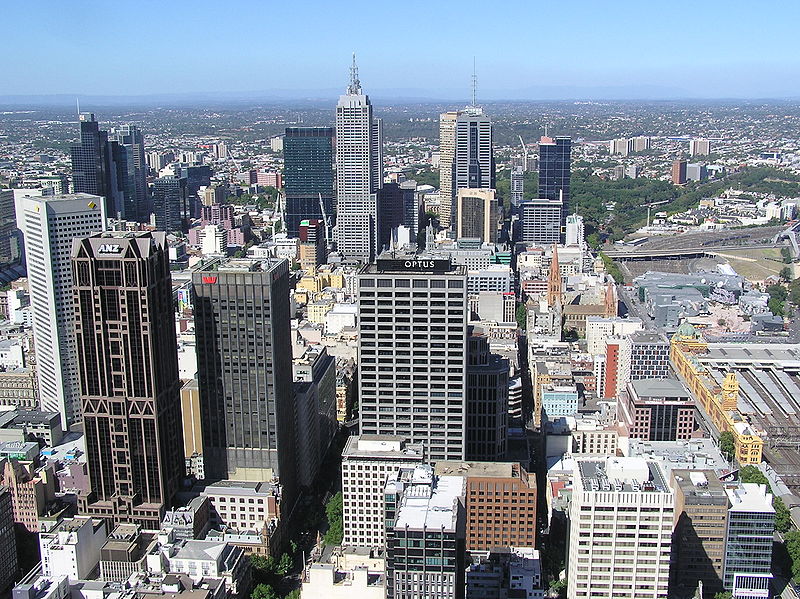
Homelessness has increased in Victoria by 20 per cent.
The Melbourne Institute of Applied Economics and Social Research has released the second, of a four part study looking at homelessness in Australia.
Journeys Home Research Report No. 2, follows 1660 people and provides one of the most detailed looks at the demographics of homelessness.
Overall the study found that homeless people were on average:
- more likely to be male
- younger, with 60 per cent of respondents under the age of 35, compared to the 35 per cent of the Australian population
- much more likely to be Indigenous Australians and Australian born
- much less likely to be married or in a de facto relationship, and
- less likely to have dependent children
Since the first wave, there had been a 3.7 per cent drop in homelessness within the group, but overall figures for homelessness are less positive.
The 2011 Census, found the number of homeless people had risen to 105,237 from 89,728 (2006 Census), and homelessness had increased in Victoria by 20 per cent.
Maidie Graham, senior program coordinator at Wesley homelessness and support service, a program of Wesley Mission Victoria, who has worked with homeless people for sixteen years doesn’t think the situation has improved.
“It’s definitely got worse.” Ms Graham said, blaming drug and alcohol abuse, mental illness, domestic violence and a growing lack of affordable housing.
“I think there’s also a public perception that homeless people choose to be homeless,” she said “which really shows a lack of understanding about how difficult it is to live on low income”.
Susan Gulko, community safety officer for the Yarra City Council also believes things have not improved for the homeless of Melbourne.
“I haven’t noticed any improvement or change, just from eyeballing it seems the same as always,” she said.
Street Count Melbourne also shows grim figures, with over 100 homeless people counted in the municipality in June 2011.
“Just understanding that it could happen to you or I easily.” Ms Gulko said. “If I lose my job very rapidly and I can’t find a job in six months, I fall out with my family, so I guess it can happen to middle class people as well.”
“I think a lot of people have this mental image that homeless people are old men that lay on park benches with newspaper over them,” Ms Graham said.
She was quick to add that many homeless people are not roughing it outside, but are sleeping in their cars or on friend’s couches.
“So it [homelessness] can be quite hidden, which means that it can sometimes be easy for people to ignore.” Ms Graham said.
The study aims to finish later this year.
[poll id=”22″]




